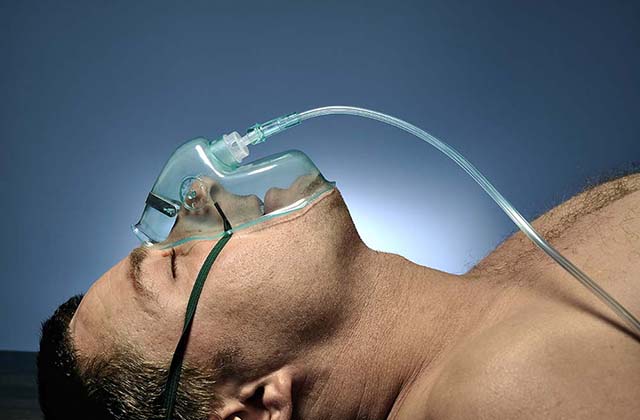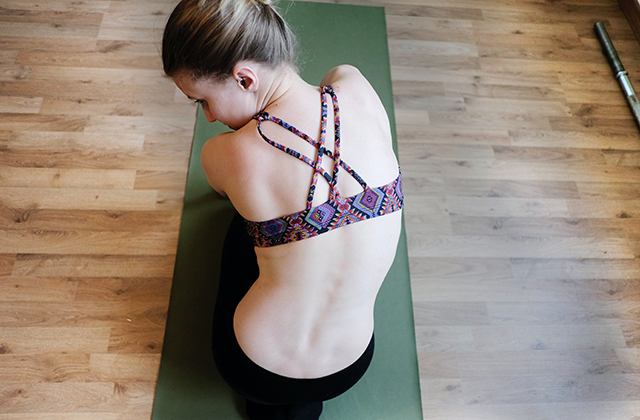Introduction
Oxygen therapy Sydney is a catch-all term for a variety of methods designed to boost the effects of oxygen in your body and help you heal. Oxygen therapy — which is used in hospitals and clinics, as well as at home — is an area filled with pseudoscience, scams and controversy. Oxygen therapy can refer to anything from supplemental oxygen that’s administered through a mask or nose clip, to hyperbaric chambers that use higher than normal levels of air pressure to help treat certain conditions like cancer or Lyme disease.
While oxygen has shown promise in treating injuries that are not healing properly and ulcers on the feet caused by diabetes, there hasn’t been any definitive studies proving it actually works in the long run. If you’re considering using any kind of oxygen therapy, talk to your doctor first.”””
To review our work after finishing one section (or one article), we’ll have students pair up again: One student will read aloud their section while another listens closely for errors like spelling mistakes or grammar errors. The second student should correct these mistakes when possible; if not possible because they’re too minor then note what needs fixing before moving on!”””
Oxygen therapy is a catch-all term for a variety of methods designed to boost the effects of oxygen in your body and help you heal.
The term “oxygen therapy” is a catch-all term that encompasses a variety of methods designed to boost the effects of oxygen in your body and help you heal. It’s not a drug, but rather a form of treatment. Oxygen therapy can be used to treat certain conditions, such as chronic obstructive pulmonary disease (COPD) or lung cancer; it may also be used to help patients recover from surgery or other serious injuries.
Oxygen therapy — which is used in hospitals and clinics, as well as at home — is an area filled with pseudoscience, scams and controversy.
Oxygen therapy — which is used in hospitals and clinics, as well as at home — is an area filled with pseudoscience, scams and controversy.
Oxygen therapy is a catch-all term for a variety of methods designed to boost the effects of oxygen in your body and help you heal. It’s not a new idea; very early medical practitioners used heated air or steam to treat patients with respiratory ailments. But it has become more popular in recent years thanks to increased marketing efforts by companies that sell oxygen treatment devices, along with celebrities who claim they use them and endorse them to their fans.
Oxygen therapy encompasses different approaches that use either medical grade oxygen machines or non-medical devices with varying degrees of scientific credibility behind them (and cost). These can be divided into three categories:
It’s based on some serious scientific principles.
Oxygen therapy is based on the fact that oxygen is essential for life and all living things require it to live. Oxygen can be delivered to the body in many ways, including through breathing and intravenous delivery. Oxygen can be used to treat a wide range of conditions, including cancer, heart attack recovery, stroke recovery and pneumonia.
The most common form of oxygen therapy is basic supplemental oxygen.
Supplemental oxygen is the most common form of oxygen therapy. It’s a portable, breathable gas that can be delivered through a face mask and used at home or work.
Because it can be easily transported, supplemental oxygen is ideal for those who don’t want to stay in one place for very long: people with chronic illnesses like COPD or emphysema; those recovering from surgery; and pregnant women—just to name a few.
Supplemental oxygen comes in three different types: room air (standard), which provides 21% oxygen at sea level; high-flow nasal cannula (HFNC), which provides 24%-28% oxygen and flows at around 4 liters per minute; or pressurized air systems that deliver between 40%-60% pure medical grade O2.
While some people may be able to use just one type for their entire treatment regime, others may need to switch between different types depending on their condition or activity level during the day.
Hyperbaric oxygen chambers have become popular in recent years, but there isn’t enough evidence for doctors to recommend them for many conditions.
Hyperbaric oxygen chambers are pressurized, airtight rooms where patients breathe pure oxygen. They are used to treat conditions such as carbon monoxide poisoning and decompression sickness, but they are also used to treat illnesses like stroke, traumatic brain injury and multiple sclerosis.
In recent years, many people have started using hyperbaric oxygen therapy (HBOT) for a long list of conditions including cancer, fibromyalgia and Alzheimer’s disease. There isn’t enough evidence to know whether the benefits of HBOT outweigh the potential risks or side effects for most of these conditions.
Some people claim ozone — a gas comprised of three oxygen atoms instead of two — can help treat certain conditions like Lyme disease or cancer.
Ozone is a colorless, odorless gas with three oxygen atoms instead of two. Its existence was first predicted by French scientist Antoine Lavoisier in 1783, and its discovery was ratified just over a decade later by Swedish chemist Carl Wilhelm Scheele.
Ozone is created when ultraviolet light from the sun interacts with certain chemicals in the atmosphere, including carbon dioxide and water vapor. Ultraviolet light can also be produced by artificial sources like fluorescent lamps or lasers — these are sometimes used for applications like food decontamination or disinfection at wastewater treatment plants.
Ozone therapy is a controversial practice that uses either intravenous or intramuscular injections to deliver small doses of concentrated ozone gas directly into the body’s tissues; some people claim it can help treat conditions such as Lyme disease or cancer. According to the U.S Environmental Protection Agency (EPA), however: “There is no valid scientific evidence supporting claims that ozone therapy can cure diseases.” The EPA has also stated there’s “no known safe level” for exposure to ozone gas
While oxygen therapy may appear to help turn around some severely ill patients, there haven’t been any definitive studies proving it actually works in the long run.
While oxygen therapy may appear to help turn around some severely ill patients, there haven’t been any definitive studies proving it actually works in the long run. There are many different types of oxygen therapy, including hyperbaric and normobaric oxygen chambers and nasal cannulas or masks. These treatments have been used for decades and are often touted as a miraculous cure for everything from cancer to fatigue and AIDS. The only way we know if these treatments work is by conducting a study—and so far no one has done one.
Oxygen has shown promise in treating injuries that are not healing properly and ulcers on the feet caused by diabetes.
In some cases, the therapy can be a useful addition to traditional care. For instance, oxygen is sometimes used to treat chronic wounds and ulcers that are not healing properly. In addition, oxygen therapy may improve blood flow in people with diabetes and help relieve their pain from ulcers on the feet caused by poor circulation.
Another condition that may benefit from oxygen therapy is chronic obstructive pulmonary disease (COPD), which includes emphysema and chronic bronchitis. It’s estimated that between 12-14 million Americans have COPD; depending on the severity of symptoms, patients may receive treatment using nebulizers or other devices designed to deliver medication directly into the lungs via inhalation. Oxygen can also be inhaled through an air purifier or mask if necessary.”
If you’re considering using any kind of oxygen therapy, talk to your doctor first.
If you’re considering using any kind of oxygen therapy, talk to your doctor first. Your doctor will be able to tell you whether or not oxygen therapy is right for you. Your doctor can also recommend a reputable oxygen clinic if needed and will give recommendations on how often you should use your equipment.
In low doses, oxygen is a safe, natural way to enhance recovery in some circumstances, but too much can be dangerous.
In low doses, oxygen therapy is a safe and natural way to enhance recovery in some circumstances, but too much can be dangerous. The risks of oxygen therapy vary from person to person. They also vary depending on the condition being treated with supplemental oxygen.
Oxygen is the most abundant element in your body and makes up about 50% of your weight (the other half is carbon). As such, there’s no question that you need it for survival — as do all animals. But how much should you have? And when does having too much become a hazard instead of an aid?
Conclusion
Oxygen therapy is a catch-all term for a variety of methods designed to boost the effects of oxygen in your body and help you heal. While some forms are backed by science, others are controversial or pseudoscience at best. At worst, they can be dangerous — especially when administered by untrained individuals or unlicensed organizations who promise miraculous results with little evidence to support their claims. Tsavo wellness has all the evidence that oxygen therapy works after athletes tried it.



